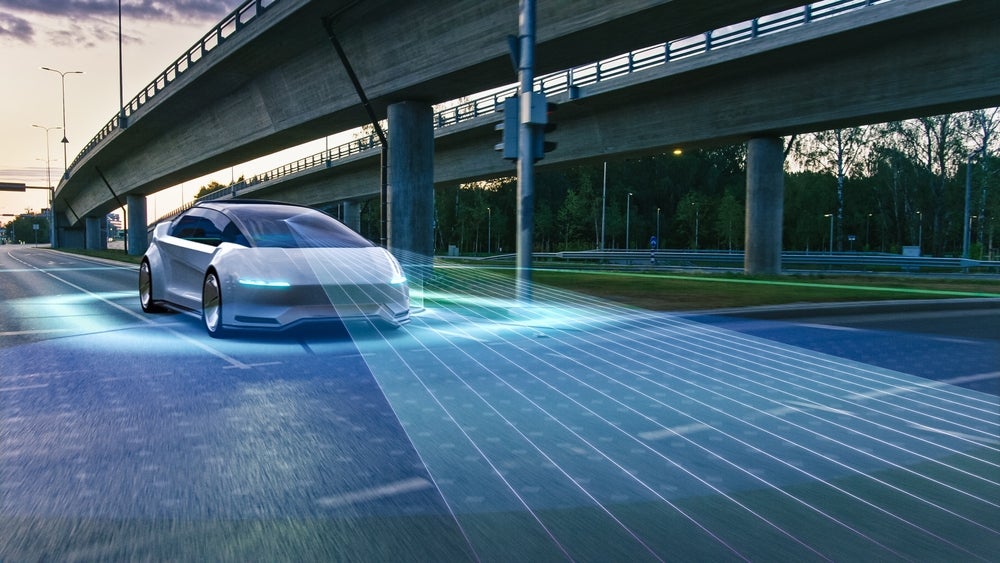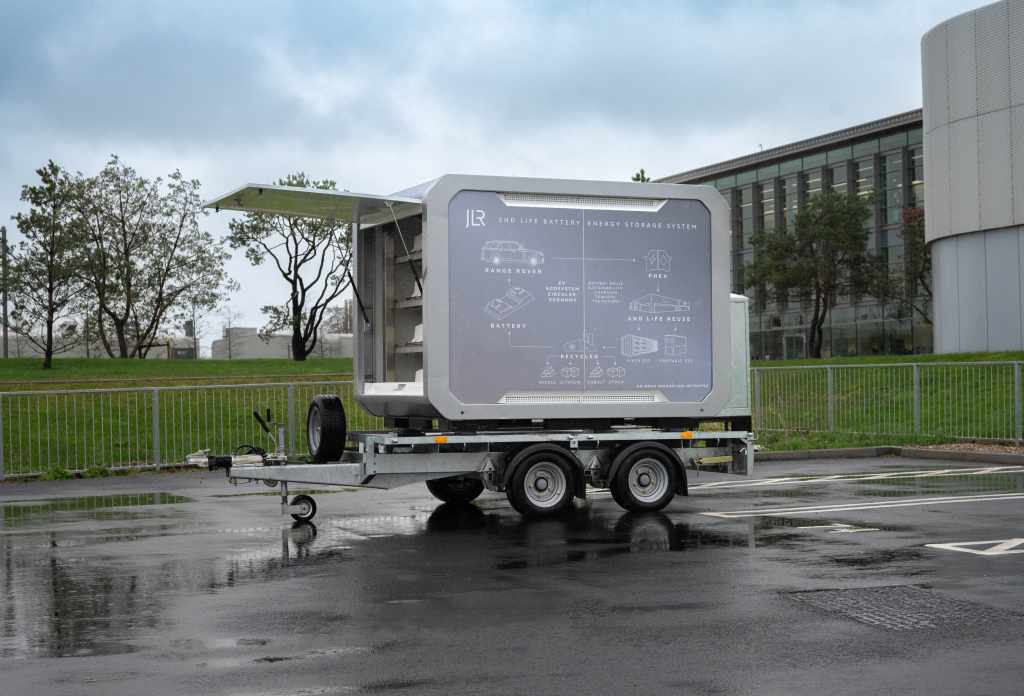Tyres that ‘talk’ to you are just about with us. Michelin engineers have developed a radio frequency identification (RFID) transponder that is manufactured into the tyre and stores vital tyre identification information. With this technology, the tyre identification number can now be associated with the vehicle identification number (VIN) making the tyres uniquely identifiable with an individual vehicle, telling when and where the tyre was made, maximum inflation pressure, tyre size, etc.
“This innovation has attractive implications for tyre makers, for vehicle makers and for consumers,” said Tom Chubb, vice president of new product development for Michelin Automotive Industries Division. “For vehicle and tyre makers it means a simple and innovative way to comply with federal record keeping standards, including those of the new TREAD (Transportation, Recall, Enhancement, Accountability and Documentation) Act. For consumers it means convenience and confidence.”
The transponder consists of an antenna and an integrated circuit that has a higher data capacity than a bar code, yet the integrated circuit is only about the size of a match head. It can be encoded and decoded with a simple hand-held device and unlike a bar code, remains unaffected by soil or deterioration over time. The information on the circuit can also be modified to reflect new data, such as the VIN number of the vehicle on which it is mounted. The integrated circuits are manufactured by Fairchild Semiconductor and Philips. As part of the supply arrangement, Philips provides its brand new I.CODE HSL IC. Both ICs are under license from Intermec Technologies Corporation.
Michelin’s unique contribution to this RFID system was its modification of the antenna attached to the electronic device and the proprietary treatment of the device that makes it possible to vulcanise the assembly into the tyre.
While some other tyre makers have demonstrated similar technology, Michelin’s RFID tag is the first to meet the Automotive Industry Action Group’s B-11 standard for North America, as a “cured into the tyre” solution. Operating at ultra high frequency (UHF), the Michelin RFID tag can be interrogated by a reader, hand-held or mounted, some 24 inches or more (at or beyond 60cm) away from the transponder. Once collected, the information can be stored in a database for accurate and easy retrieval.
How well do you really know your competitors?
Access the most comprehensive Company Profiles on the market, powered by GlobalData. Save hours of research. Gain competitive edge.

Thank you!
Your download email will arrive shortly
Not ready to buy yet? Download a free sample
We are confident about the unique quality of our Company Profiles. However, we want you to make the most beneficial decision for your business, so we offer a free sample that you can download by submitting the below form
By GlobalDataFleet testing of the technology is currently under way. Michelin is believed to be the only tyre maker to industrialise this kind of radio frequency technology in tyres. Even with this kind of market place advantage, Michelin says it will gladly make the technology available to the entire industry.
Michelin says the RFID technology will most likely be introduced through the original equipment market, but could soon be feasible for replacement tyres as well.
“We see great promise in this technology,” said a spokesman. “In future generations, the electronics in tyres will be able to communicate with the vehicle’s computers, giving information about tyre air pressure, even ride characteristics like suspension stiffness and ride comfort for a given road surface.”
Michelin says the cost of this technology will be affordable and value driven. Like any innovation, the cost per unit will go down as it becomes more and more industrialised. Original equipment manufacturers are already interested and one international car maker is working with Michelin to bring RFID to market as an option in model year 2005.





